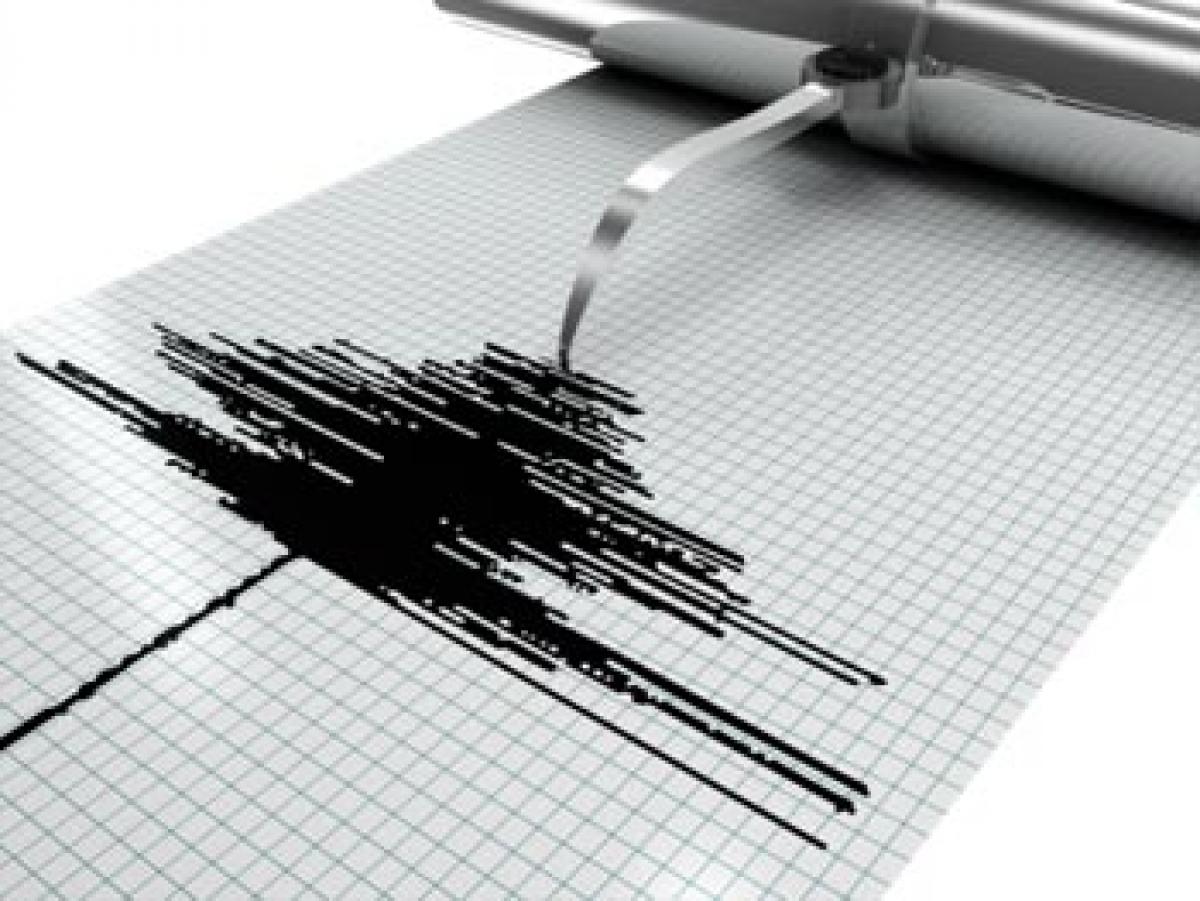Measuring earthquakes

Measuring earthquakes. A powerful earthquake of 7.5 magnitude centred in Afghanistan, has killed at least 100 people, including 12 Afghan schoolgirls who were crushed in a stampede as they tried to flee their collapsing school.
 A powerful earthquake of 7.5 magnitude centred in Afghanistan, has killed at least 100 people, including 12 Afghan schoolgirls who were crushed in a stampede as they tried to flee their collapsing school. The earthquake shook north India with tremors that lasted almost a minute. At least 76 people, including eight children, have died in Pakistan.
A powerful earthquake of 7.5 magnitude centred in Afghanistan, has killed at least 100 people, including 12 Afghan schoolgirls who were crushed in a stampede as they tried to flee their collapsing school. The earthquake shook north India with tremors that lasted almost a minute. At least 76 people, including eight children, have died in Pakistan.
The Richter scale runs from 1 - 10 (1 being the least in magnitude and 10 being the greatest), but it is logarithmic. This means that for each 1 point in increase on the scale we get 10 times more ground shaking. Let's look at an example. Magnitudes are based on a logarithmic scale (base 10). What this means is that for each whole number you go up on the magnitude scale, the amplitude of the ground motion recorded by a seismograph goes up ten times. Say we have a magnitude 1 earthquake on the Richter scale, which is the lowest magnitude earthquake. Compare that with a magnitude 2 earthquake, which is only one step higher (remember, the scale runs from 1 - 10), and you now have 10 times more ground shaking than with the magnitude 1 quake.
The Richter scale was originally designed to measure medium-sized earthquakes, those between magnitude 3 and 7, and within a distance of about 400 miles. The moment magnitude scale was created in 1979 to deal with these issues. The moment magnitude scale is based on the total moment release of the earthquake. Moment is a product of the distance a fault moved and the force required to move it. It is derived from modeling recordings of the earthquake at multiple stations. Moment magnitude estimates are about the same as Richter magnitudes for small to large earthquakes. But only the moment magnitude scale is capable of measuring M8 (read ‘magnitude 8’) and greater events accurately.














